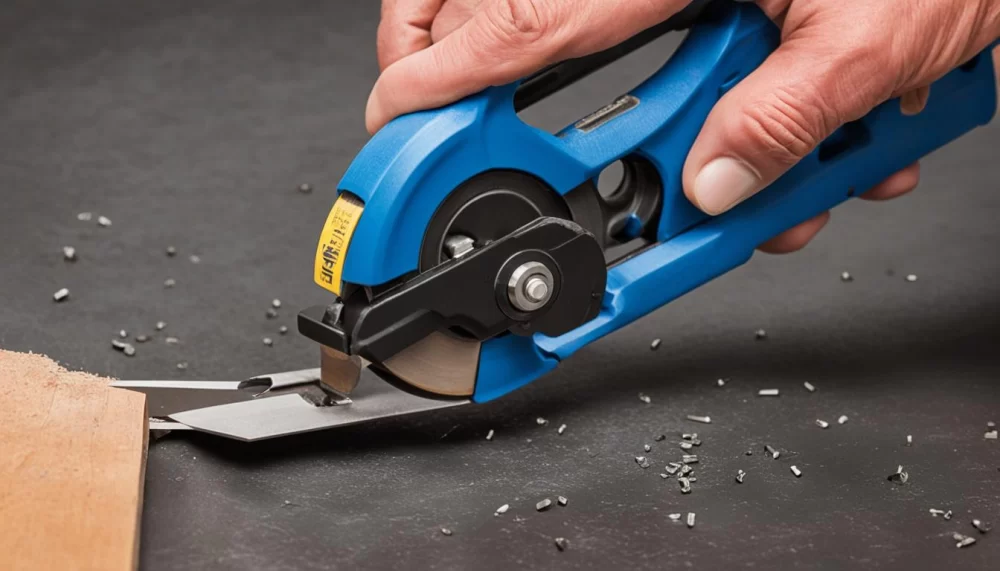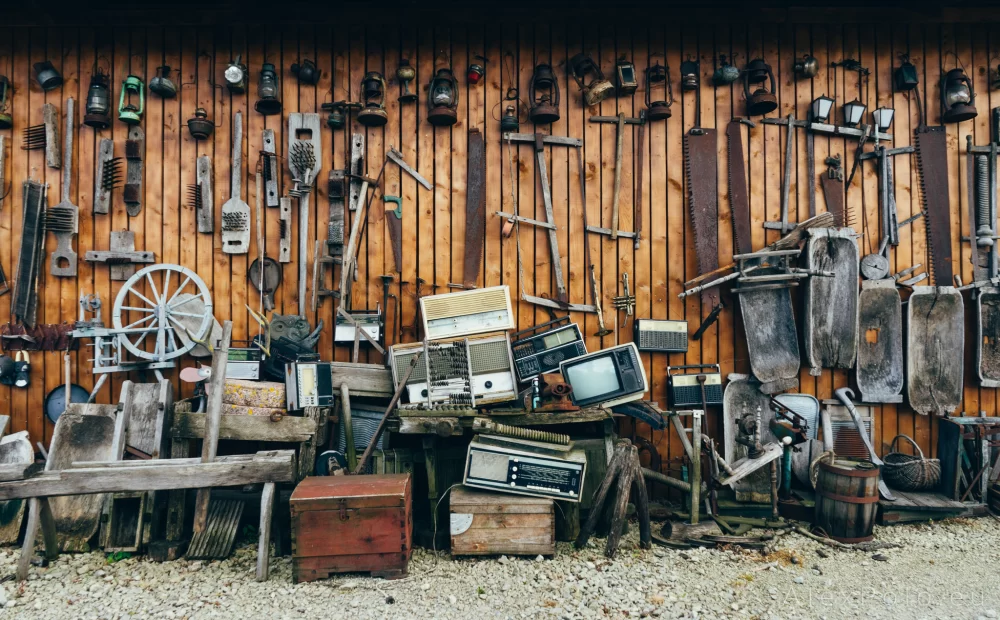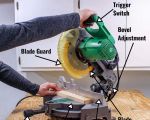
- Choosing the Best PVC Pipe Cutters
- Top Tools for Cutting PVC Pipes
- How to Properly Use PVC Pipe Cutters
- Common Mistakes to Avoid When Cutting PVC Pipes
Choosing the Best PVC Pipe Cutters
When it comes to cutting PVC pipes, choosing the right tools can make a world of difference. Whether you’re working on plumbing repairs, DIY home projects, or construction tasks, having the best tools for cutting PVC pipes ensures clean, precise cuts and saves you time. It’s crucial to understand your needs, the size of the pipes you're working with, and the level of precision required.
The market offers a variety of pipe cutters, from manual handheld models to advanced power tools. Some cutters are designed specifically for smaller pipes, while others are built to handle larger diameters. Understanding these differences can help you pick the best tool for your specific project needs.
Top Tools for Cutting PVC Pipes
Let’s explore some of the top-rated tools for cutting PVC pipes, from basic manual cutters to power tools that streamline the process.
1. Manual PVC Pipe Cutter
Manual PVC pipe cutters are a great choice for smaller jobs or cutting pipes with thinner walls. These cutters are designed for ease of use and are often more affordable than their power counterparts. The tool uses a scissor-like action to slice through the pipe cleanly. Popular models like the RIDGID 23498 or the DEWALT PVC Pipe Cutter are praised for their sharp blades and ergonomic handles, making them comfortable for extended use.
2. Ratchet Pipe Cutter
If you need more leverage or are cutting thicker pipes, a ratchet-style cutter may be the way to go. These cutters use a ratchet mechanism that increases cutting power, making them effective for cutting through thicker PVC pipes without too much effort. Tools like the Milwaukee 48-22-4105 Ratchet Pipe Cutter are highly rated for their durability and ease of use.
3. Pipe Saw
For larger projects or when you need more control, a pipe saw is an excellent choice. While it may take a little more time and effort, a pipe saw provides a clean cut and is ideal for cutting large PVC pipes. The saw's teeth ensure smooth cutting, and with the right technique, you can avoid damage to the material. This tool is best suited for DIYers and professionals tackling more significant projects.
4. Power PVC Pipe Cutter
For professionals or anyone looking for speed and efficiency, a power pipe cutter is worth considering. These tools are battery-powered or corded, allowing you to cut through PVC pipes in a fraction of the time. They are especially useful for larger projects, as they offer consistent, high-quality cuts without the manual effort. The Makita 18V LXT Cordless Pipe Cutter is an example of a tool that combines power, precision, and convenience.
5. PVC Pipe Cutter with Deburring Tool
Another tool to consider is a PVC pipe cutter with an integrated deburring function. After cutting your pipe, deburring removes the rough edges left behind, ensuring that the pipe fits perfectly into your connections. This added convenience can save time, especially for projects where precision is key.
How to Properly Use PVC Pipe Cutters
Using PVC pipe cutters correctly is crucial for getting clean, straight cuts that help with the assembly of pipes. Below are the steps for using these tools effectively:
1. Mark Your Cut
Start by measuring and marking the spot where you want to cut. Accuracy is key, so ensure your measurements are precise to avoid mistakes. Use a marker or pencil to mark your cutting point clearly.
2. Position the Pipe Cutter
Place the PVC pipe into the cutter’s jaws or clamp, aligning the marked spot with the cutting blade. Ensure the pipe is held securely in place before starting the cut. For manual cutters, make sure the blades are sharp and positioned correctly.
3. Cut the Pipe
Begin cutting, applying consistent pressure. If you’re using a ratchet or power cutter, let the tool do the work, keeping your hands steady. Be sure to cut in a straight line, especially if you’re working with larger pipes.
4. Smooth the Edges
After making the cut, smooth out any rough edges with a deburring tool or sandpaper. This helps ensure a proper fit when connecting pipes together.
Common Mistakes to Avoid When Cutting PVC Pipes
Even experienced professionals can make mistakes when cutting PVC pipes. Below are some common errors to watch out for:
1. Using Dull Blades
Using a dull blade can result in jagged cuts that make it harder to fit pipes together. It’s important to regularly replace or sharpen the blades on your cutters to ensure clean cuts every time.
2. Applying Too Much Pressure
Forcing the tool to cut too quickly can lead to uneven cuts or even cracked pipes. Take your time and apply steady, even pressure. Let the tool do the work rather than rushing through the process.
3. Skipping the Deburring Step
Failing to deburr the edges of the cut pipe can cause issues during installation, such as leaks or difficulty connecting fittings. Always take the extra step to smooth the edges after cutting.
When it comes to cutting PVC pipes, the right tools and techniques can make a big difference in your projects. Whether you're working on small repairs or large construction tasks, choosing the best tools for cutting PVC pipes will ensure precision and efficiency. For the best selection of PVC pipe cutting tools, consider visiting ToolNest, where you can find the most reliable products to suit your needs.









